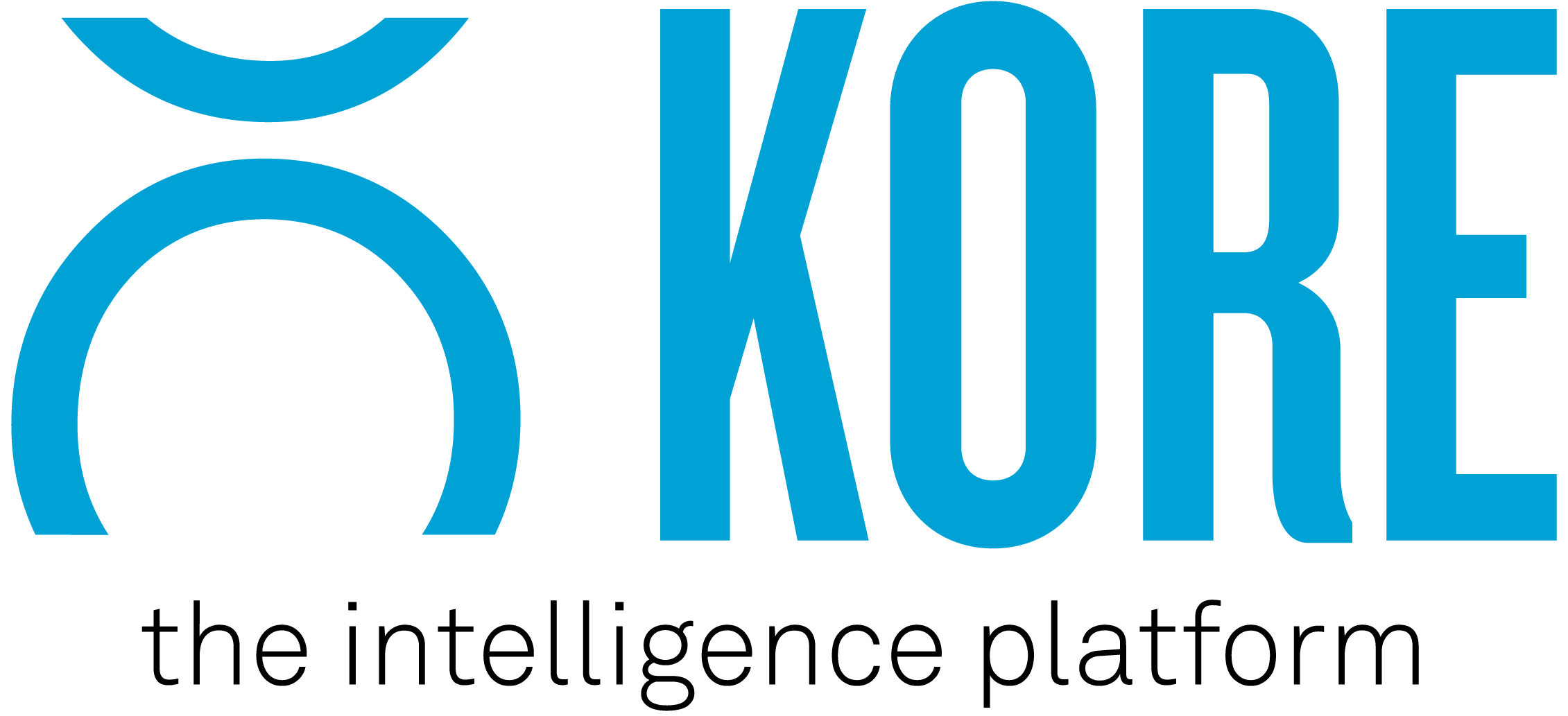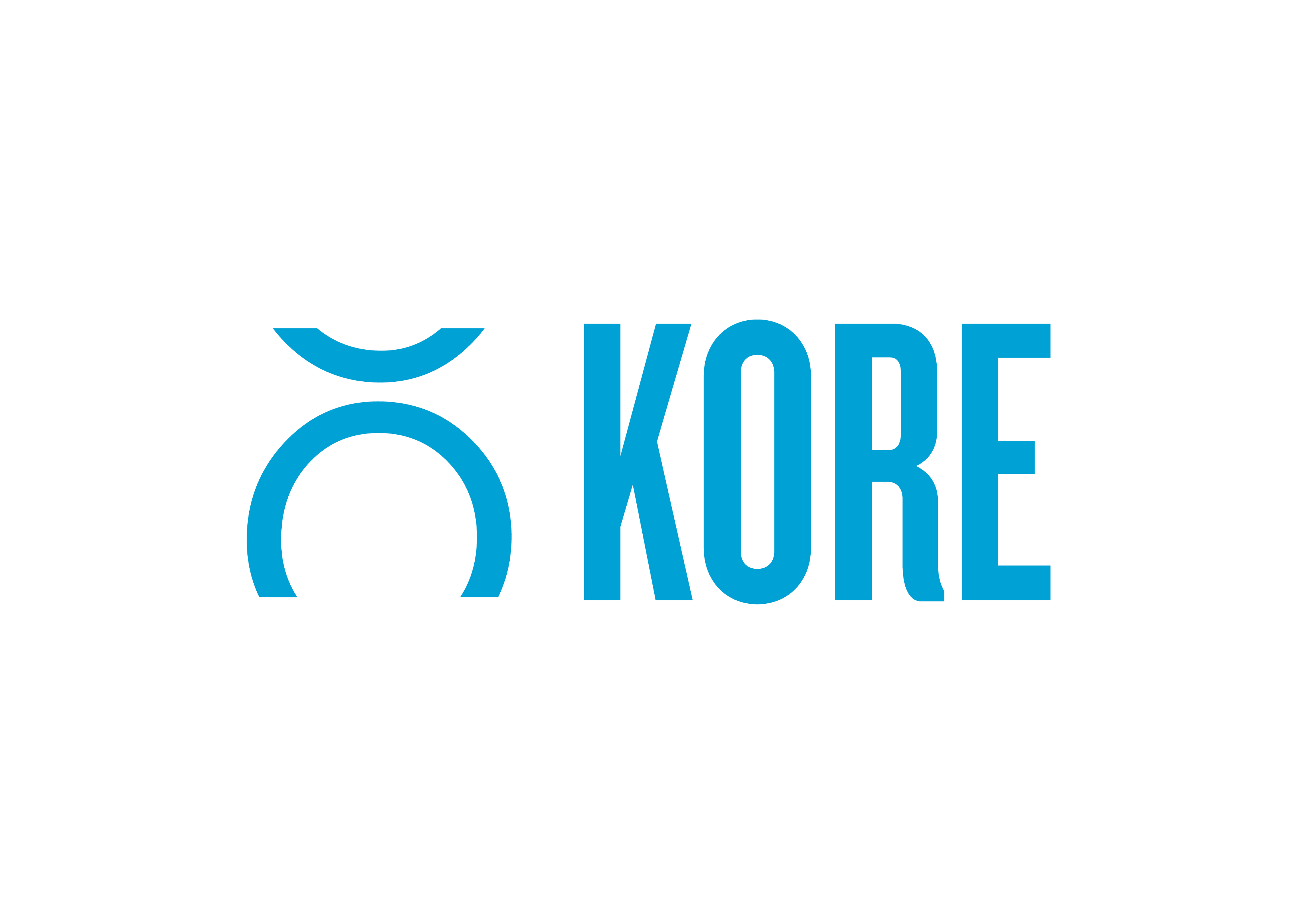So far in our Hacking Sponsorship series, we have unpacked, in part one, Strategy and Headcount, and in part two, Asset Management and Creative, and whilst each have an important role in sponsorship, none really come close to what we will unpack in our third and final piece.
To round out this series, we will lift the lid on Perceived Value an Audience Segmentation. I live in Melbourne, Australia, and am beginning to despise this phrase but, in our ‘new normal’, how we value sponsorship deals in line with the business‘ financial position and objectives is going to change.
Hacking Perceived Value
Commercial Value and Perceived Value are two very different things. We might see tonnes of great deals over the next 6-12 months, but how we perceive their impact and success to the business is absolutely changing.
The pressure from a CFO to justify marketing spend has genuinely never been more intense than it is right now. A great commercial value on a deal might include low hard costs, a decent comparison between asset costs and sponsorship fee, and perhaps even below market rate CPM or CPI on a digital campaign.
But are those things still important? And are they important right now?
If we cannot attend a game, is the bulk buying discount on ticketing effective anymore?
If attendance numbers are restricted, did we really need that concourse activation that we expected to get lots of foot traffic to?
Perceived Value requires both sides of the deal to ask, “What’s really important to me right now?’.
We have seen a lot of pivoting and shifting spend to other asset types or categories, and that is partly because those assets have genuinely been impacted. That exercise, however, has somewhat reshaped what is important to both the Rights Holder and Brand.
If the focus for a brand is to drive online retail sales because in-person sales have slowed down, the perceived value of their digital-based assets might be higher than its commercial value.
The best questions I have seen asked, to tackle this commercial value vs perceived value include:
- What is my business trying to achieve, in the next 30-60-90-120 days, and how can our sponsorship directly impact those outcomes?
- What cross-over exists between our sponsorships and other marketing activities?
- What did the CFO ask for this morning?
- How is my audience engaging and interacting with us?
That is as cheesy a segue if I’ve ever seen one but next up, we want to explore Audience Segmentation.
Hacking Audience Segmentation
We have looked at segmentation activities and best-practices in previous podcast episodes and blogs, but this time we need to understand the ‘why’ (don’t worry, I’m not about to Simon Sinek-you!).
The most powerful thing a rights holder can have, in the present day, is a single customer view of their entire audience including who are they, what are their behaviours, how engaged are they with us, what do they like or dislike, and even what their role is within our overall audience.
Moving into a COVID-effected marketing landscape, brands will need to be more targeted in their approach to engagement; meaning that the database of 50M people, or an EDM reach of 500,000, is just not up to scratch anymore. Targeting and re-targeting campaigns will bring success, but there needs to be some accurate data to back it up.
As such, from a rights holder point-of-view, sometimes the allure of brands and targeted marketing can help bring those unknown ‘fans’ to the surface and allow them to be included in nurture campaigns for membership (in sportsbiz we are all connected in the great circle of life).
Most brands will know who their target audience is, and they might have pre-built avatars around who specifically buys certain products or services, how much they typically spend, and what that buying journey looks like. As such, there are two hacks here:
1. Work backwards from your avatars
X engages with us on Y channel and responds to Z. As such, we can create a campaign using specific Z-related assets on Y and we know, on average, X engages with us 10 times per week for 3-4 minutes per engagement.
2. Completely flip Number 1 and find the gap
Who isn’t buying your products or services? This will typically be accompanied by ‘new revenue stream’ lingo, but effectively works in exactly the same way.
Without sounding like my finger is stuck on the repeat button, understanding your audience is just so important right now.
Crystal Ball
As we are wrapping up the Hacking Sponsorship series, we turn to the mythical crystal ball. Everyone seems to have one, but they never quite work the same. What comes next for the sponsorship industry will ultimately be a culmination of what we have explored in this series.
Strategy, headcount, asset management, creative, valuations, and audience segmentation are all key components of what makes a good sponsorship deal.
So many areas of our industry have been severely impacted by this pandemic and it has been nothing short of devastating. As we start to climb out of it, there will be some amazing individuals and work being done.
KORE is the global leader in engagement marketing solutions, serving more than 200 professional teams and 850+ sports and entertainment properties worldwide, providing practical tools and services to harness customer data, facilitate sponsorship sales and activation, and create actionable insights.



